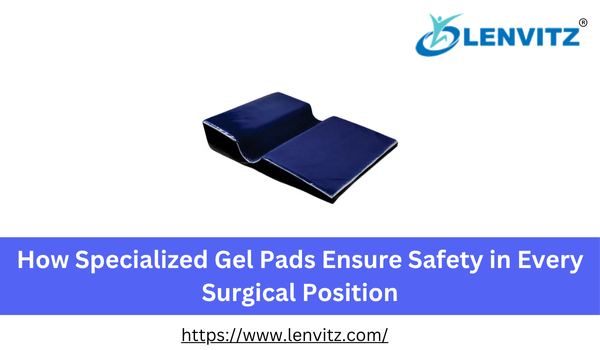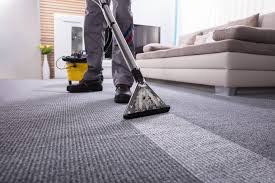
In the complex world of surgery, patient safety goes far beyond the procedure itself; it includes meticulous attention to how a patient is positioned on the operating table. Staying immobile for hours on a hard surface, whether on the back, side, or in a specific posture, creates major risks for pressure ulcers and nerve injury. Fortunately, specialized gel pads—like lithotomy position gel pads, supine position gel pads, and lateral position gel pads—provide the critical cushion needed to protect the body in every orientation.
The Universal Need for Pressure Relief
Regardless of the surgery type, the patient’s contact with the operating table must be managed to prevent injury. Any bony prominence (like the tailbone, elbows, or hips) resting against a firm surface can restrict blood flow, leading to tissue damage. Modern surgical care relies on viscoelastic gel pads to solve this problem by conforming to the body and evenly distributing weight.
The Goal: To reduce peak pressure and prevent shear/friction forces.
The Tools: A variety of gel pads tailored for different anatomical needs and surgical positions.
Essential Supports for Common Surgical Postures
Different surgeries require different positions, each with its own specific set of risk areas that must be protected with specialized gel pads.
Lying on Your Back: Supine Position Gel Pads
The most common posture is the supine position (lying on the back). While seemingly straightforward, this position puts the sacrum (tailbone area), heels, and back of the head at high risk. Supine position gel pads are used strategically under these points to lift the vulnerable areas and suspend them in soft, conforming gel, ensuring blood flow is maintained.
Protecting the Patient in Complex Positions
Two positions, in particular, require specialized, engineered gel pads to protect complex nerve pathways and joints: the Lateral and the Lithotomy positions.
The Side Angle: Lateral Position Gel Pads and the Lateral Positioner
When a patient is turned onto their side for kidney, lung, or hip surgery, the entire weight of the body rests on one flank. Protecting the dependent arm, shoulder, hip, and ankle is crucial. A Lateral positioner—often a large, specialized gel pads device—helps stabilize the body. Lateral position gel pads are also used as small, targeted cushions to prevent the compression of nerves like the peroneal nerve at the knee or the axillary nerve in the armpit, which are prone to injury in this position.
Lower Limb Safety: Lithotomy Position Gel Pads
The lithotomy position, where the patient’s legs are raised (used in procedures like gynecological or urological surgery), puts immense pressure on the sacrum, heels, and calves. Lithotomy position gel pads are custom-shaped to fit the stirrups, providing complete circumference cushioning for the feet and legs, preventing nerve damage, and protecting fragile skin against the rigid metal supports.
By using the right gel pads for every position—lithotomy position gel pads, supine position gel pads, and lateral position gel pads—surgical teams prioritize patient safety beyond the incision, minimizing post-operative pain and accelerating recovery.


